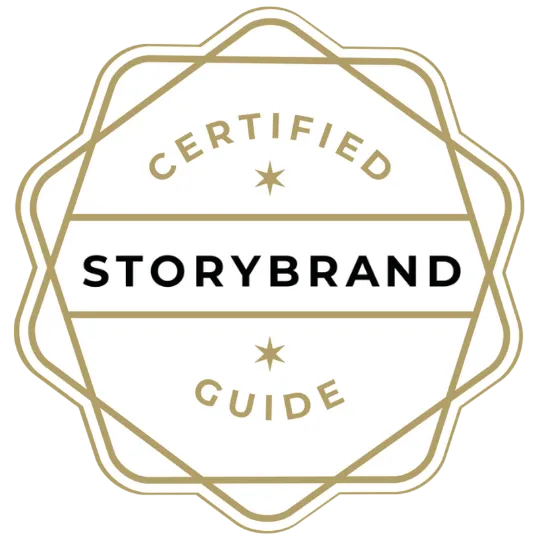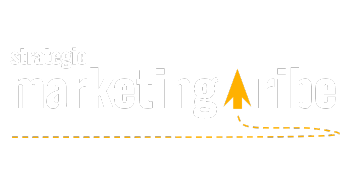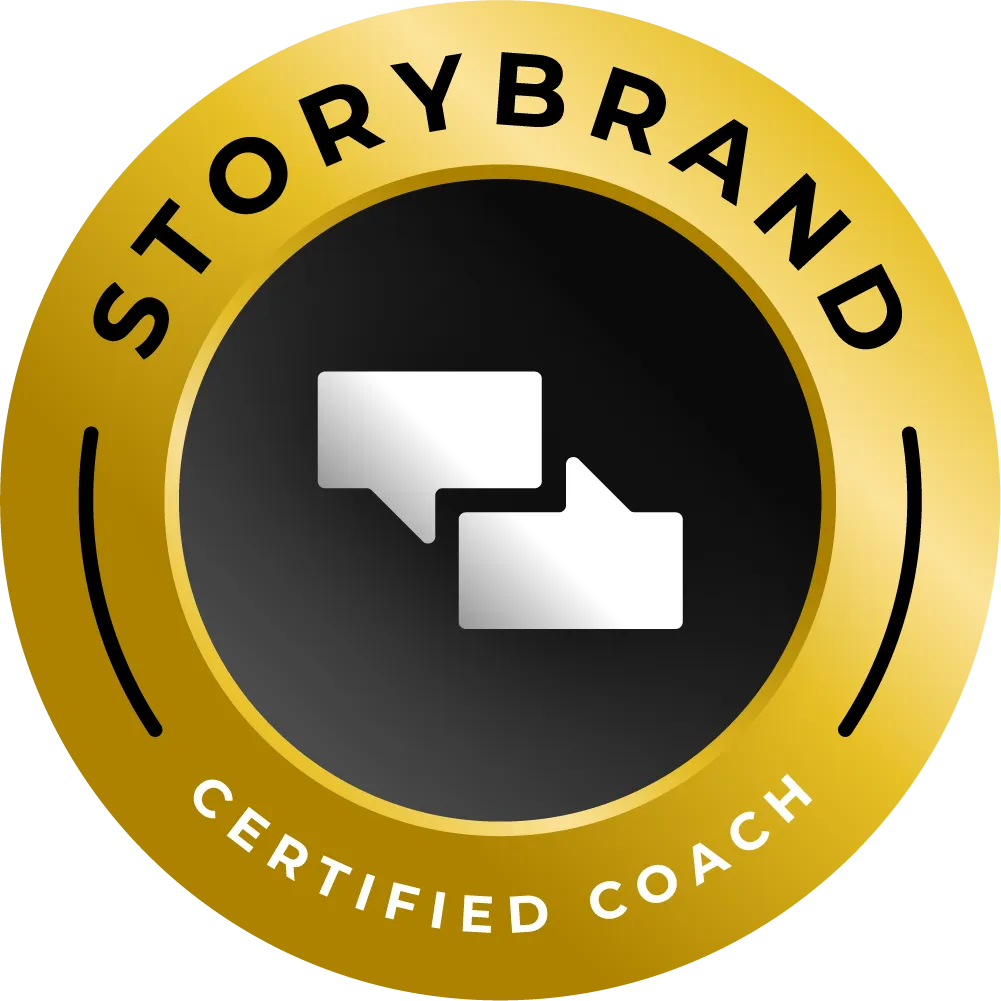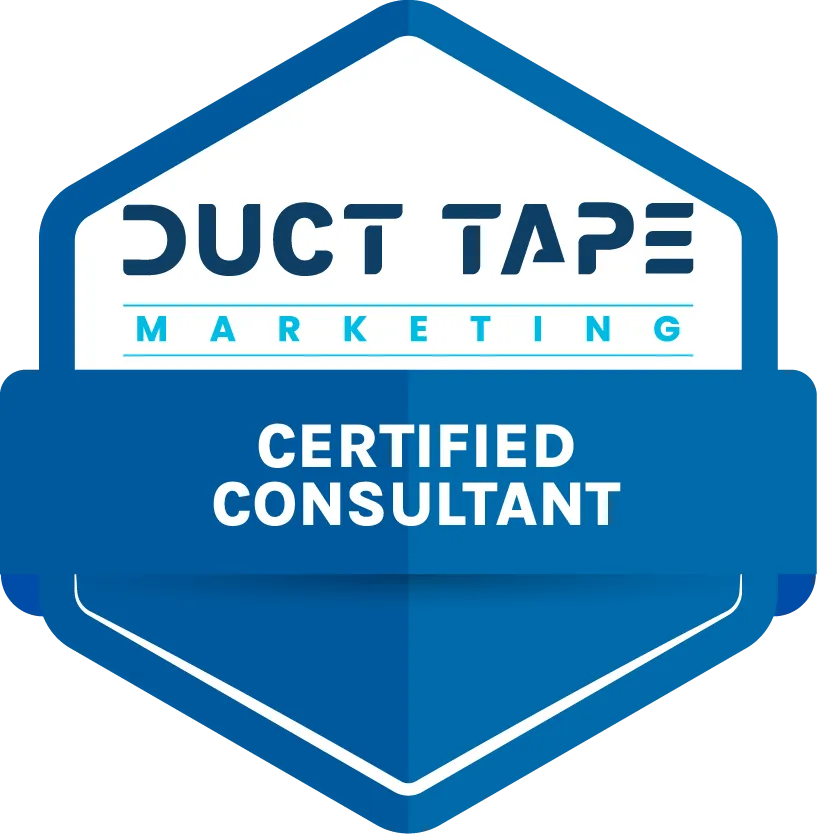NEWS, MEET STRATEGY
Real news, real insights – for small businesses who want to understand what’s happening and why it matters.

Content Marketing Strategy Framework Every Small Biz Needs
By Vicky Sidler | Published 21 October 2025 at 12:00 GMT+2
It’s 2025. Your niece is getting career advice from TikTok. Your customers are using voice search to find a plumber. And meanwhile, your blog is still waiting for someone to read it.
If your content marketing strategy feels more like “post and pray,” you’re not alone. But there’s a smarter way to do this—and it’s not just shouting into the void and hoping for likes.
According to Social Media Examiner’s Michael Stelzner and content strategist Brian Piper, today’s content game has changed. Search engines? Fading. Social search? Rising. AI? Everywhere.
That’s where Piper’s IDEAL framework comes in. It’s a straightforward approach to building content that works—even when algorithms don’t.
TL;DR:
Traditional SEO is no longer enough
Gen Z and Gen Alpha are searching on social, not Google
Use the IDEAL framework: Identify, Discover, Empower, Activate, Learn
Focus on repurposing and authentic voices
Use AI to streamline, not replace
👉 Need help getting your message right? Download the 5-Minute Marketing Fix
Table of Contents:
Content Marketing Strategy Framework Every Small Biz Needs
Why Your Content Strategy Isn’t Working:
The IDEAL Framework for Content That Converts:
1. Identify Your Goals and Audience:
2. Discover Content Opportunities:
3. Empower Authentic Messengers:
4. Activate Multi-Channel Strategies:
Small Team? Small Budget? Still Works.
1. AI Marketing Needs Your Brain Too
2. It's Not Just You—AI Does Kinda Suck
3. Email Marketing is Still One of the Most Effective Tools
4. Half of Marketers Can't Prove Influencer ROI
5. Advertise Your Business on $500—Here's What Works
6. AI vs Human Creativity in Problem Solving: What Works Best?
FAQs About Building a Content Marketing Strategy with IDEAL
1. What is the IDEAL framework in content marketing?
2. Why isn’t traditional SEO enough anymore?
3. How do I identify the right audience for my content?
4. What are content opportunities, and how do I find them?
5. Who counts as an ‘authentic messenger’?
6. How do I repurpose content for different channels?
7. Can I use AI in my content marketing strategy?
8. What tools do I need to track my content performance?
Why Your Content Strategy Isn’t Working:
If you’re still creating content for Google first, you’re missing the point.
People—especially younger ones—aren’t searching the same way anymore. Instead of typing questions into Google, they’re asking Siri, browsing TikTok, chatting with ChatGPT, and joining niche subreddits.
So, if your strategy is “write a blog, hope for traffic,” no wonder things feel quiet.
Here’s what to do instead.
The IDEAL Framework for Content That Converts:
There’s no silver bullet, but there is a structure. Piper’s IDEAL framework gives you a repeatable way to create content that actually earns attention—and maybe even some revenue. Let’s break it down.
1. Identify Your Goals and Audience:
If your content doesn’t have a goal, it’s just noise. Start by getting crystal clear on two things:
What do you want your content to achieve?
Who exactly is it for?
Think beyond “everyone” and get specific. Not just “moms” but “working moms in Cape Town who search YouTube for budget recipes.”
And yes, content can lead to sales. But not right away. First it builds trust. Trust earns attention. And attention creates action.
2. Discover Content Opportunities:
Next, audit what you’ve already got.
Use Google Analytics, your social media insights, or plain old spreadsheets to see:
What’s performing?
What’s being ignored?
What’s attracting people who never buy?
Viral posts are nice, but they’re pointless if the audience isn’t a match. Measure what matters.
3. Empower Authentic Messengers:
Here’s the twist: your audience doesn’t want to hear from you.
They want to hear from people like them. Piper nails it when he says students don’t want marketing advice from a fifty-year-old admin. They want other students.
So, find voices inside or around your business who match your ideal audience. Give them the tools to speak naturally, but on brand.
Tip: Don’t overthink it. Start small. Even a gift card and some brand guidance can go a long way.
4. Activate Multi-Channel Strategies:
This isn’t about copy-pasting the same thing everywhere.
It’s about starting with something great—like a video—and turning it into:
Podcast clips
TikTok scripts
LinkedIn posts
Email content
Reddit comments
Use AI tools to help adapt it, but don’t let them write for you. Your message still needs a human core.
Always consider:
Where does your audience hang out?
How do they like to consume content?
What platforms work best for the message?
5. Learn and Iterate
Finally, track your results and tweak often.
Keep a log of what each piece of content was meant to do. Match that to the actual numbers: clicks, time spent, conversions, or conversations started.
Don’t wait a year to change tactics. Review monthly. Even small tweaks can shift your entire trajectory.
One big takeaway from Piper’s team? Their own content ideas outperformed outside recommendations. Turns out, your gut (plus data) is a powerful combo.
Small Team? Small Budget? Still Works.
You don’t need 13 interns and enterprise software to use IDEAL.
Start with one clear goal. One specific audience. One good piece of content. Then test. Tweak. Repurpose. Repeat.
You don’t have to be everywhere. Just in the right place with the right message.
That’s exactly what the 5-Minute Marketing Fix helps with. It’s a free tool that walks you through crafting a one-liner that cuts through noise and builds trust—even if your audience finds you via TikTok or a chatbot.
Let the algorithms do what they want. Your message still matters.
Related Articles:
1. AI Marketing Needs Your Brain Too
You’re about to build a content strategy based on trust and real voices. This article helps you keep it human—even when you’re using AI to help.
2. It's Not Just You—AI Does Kinda Suck
Read this if you’ve ever tried an AI tool and thought, “Hmm. That’s not it.” A perfect follow-up to IDEAL’s warning about letting AI do too much.
3. Email Marketing is Still One of the Most Effective Tools
Want to get the most out of IDEAL’s multi-channel step? This article dives into email—the channel most small businesses ignore too soon.
4. Half of Marketers Can't Prove Influencer ROI
If you’re thinking of finding “authentic messengers,” this will save you money and embarrassment. Know who to trust and how to measure it.
5. Advertise Your Business on $500—Here's What Works
Budget tight? This shows how to test and tweak your strategy without gambling your rent money. A great read alongside IDEAL’s “Learn and Iterate” step.
6. AI vs Human Creativity in Problem Solving: What Works Best?
Wondering whether to outsource your next brainstorm to ChatGPT? Read this to see why your brain still matters—and how to use it with tech.
FAQs About Building a Content Marketing Strategy with IDEAL
1. What is the IDEAL framework in content marketing?
IDEAL stands for Identify, Discover, Empower, Activate, and Learn. It’s a simple five-step strategy that helps small businesses create effective content without burning out. You define your goals, find content gaps, use real voices, repurpose across channels, and review what works.
2. Why isn’t traditional SEO enough anymore?
Because your audience isn’t just on Google. People—especially Gen Z and Gen Alpha—are now using TikTok, voice search, and AI tools to get information. If your content isn’t where they are, it’s invisible.
3. How do I identify the right audience for my content?
Start specific. Look at who actually buys from you, where they hang out online, and what they care about. The narrower your focus, the easier it is to speak their language and build trust.
4. What are content opportunities, and how do I find them?
Content opportunities are topics or formats your audience wants but you haven’t nailed yet. You find them by auditing your current content (Google Analytics, social stats, etc.), then looking for gaps or patterns in what’s getting attention.
5. Who counts as an ‘authentic messenger’?
Anyone your audience sees as relatable and trustworthy. Could be a customer, team member, intern, or creator from your niche. What matters is that they sound like real people—not marketers.
6. How do I repurpose content for different channels?
Start with one solid piece—like a video or blog. Then break it down: turn it into short clips, pull quotes for posts, write an email, or adapt it for a podcast. Each platform gets its own version, but the message stays consistent.
7. Can I use AI in my content marketing strategy?
Yes, but with a human filter. AI is great for brainstorming, repurposing, and research. Just don’t hand over the storytelling. Use tools like ChatGPT to support your ideas, not replace your voice.
8. What tools do I need to track my content performance?
Start simple. Google Analytics, social media insights, and a spreadsheet will do. Track which pieces tie back to your goals—like email signups or clicks—and adjust your plan monthly based on the results.
9. How often should I update or change my content strategy?
Check in monthly, revise quarterly. Small shifts in platform algorithms or audience behavior can change what’s working. IDEAL isn’t set-it-and-forget-it—it’s built to flex with your business.
10. What if I don’t have time or budget to do all this?
You don’t need to. Start with one step—like defining your audience or repurposing your best blog post. You can build slowly. The5-Minute Marketing Fix is a great first move. It helps you write a one-liner that cuts through the noise and sets the foundation for everything else.
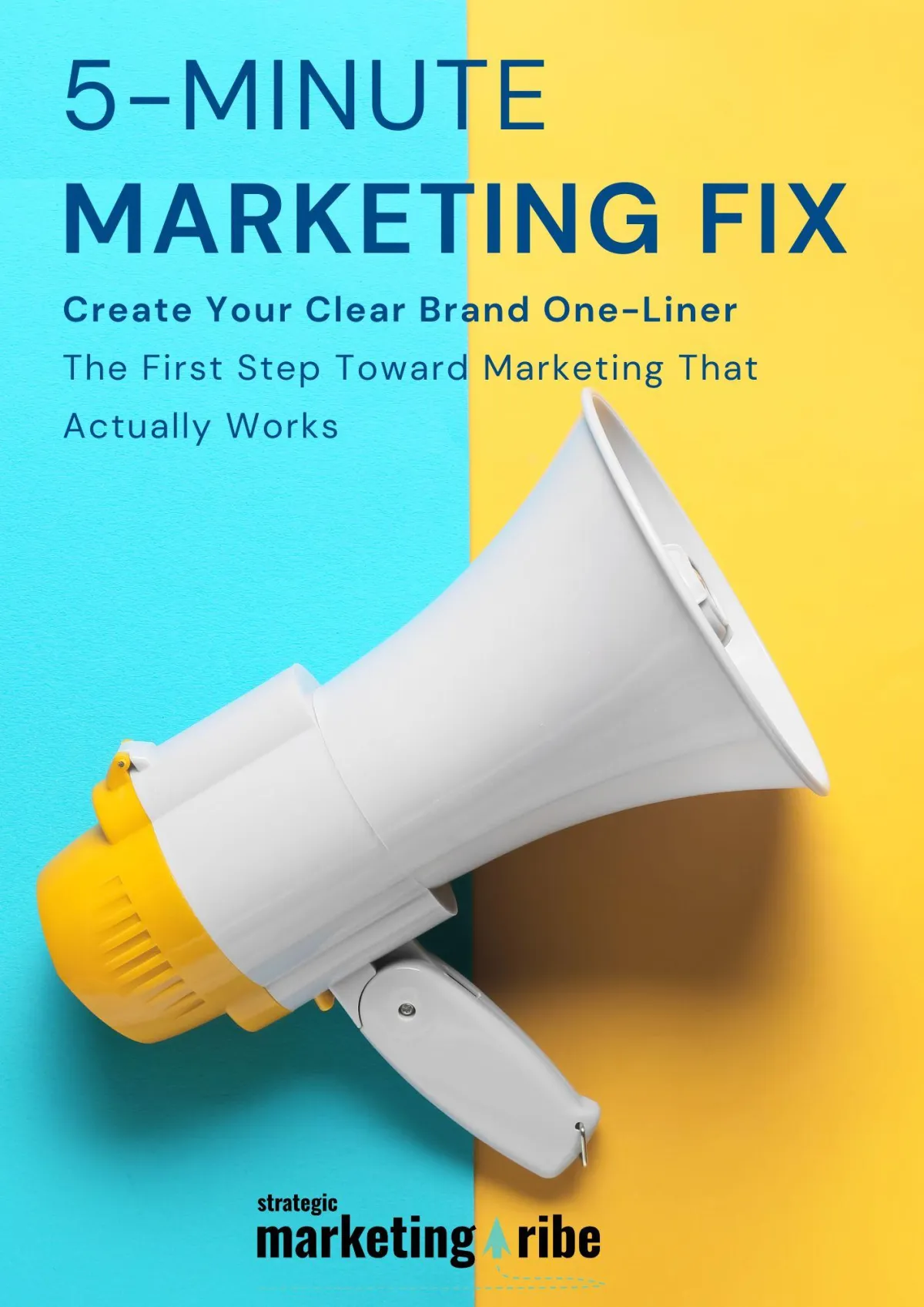
Created with clarity (and coffee)
